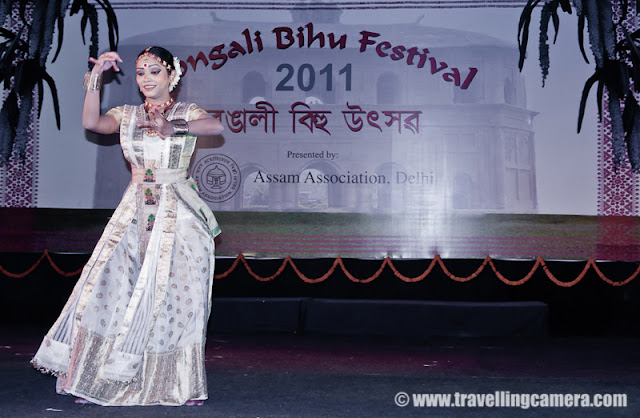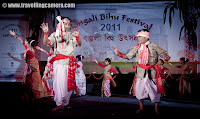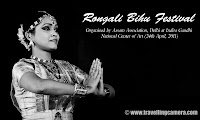Sattriya Dance Performance during Rongali Bihu Festival @ Indira Gandhi national Center of Arts (organized by Assam Association, Delhi on 24th April 2011) - PART 2
In continuation to last post on Sattriya Dance Performance during Rogali Bihu Festival in delhi, here are few more photographs from that event at Indira Gandhi National Center of Art !!!
I am not adding any captions here as most of the details about Sattriya are available at http://phototravelings.blogspot.com/2011/05/sattriya-dance-performance-during.html
I am not adding any captions here as most of the details about Sattriya are available at http://phototravelings.blogspot.com/2011/05/sattriya-dance-performance-during.html
I am not adding any captions here as most of the details about Sattriya are available at http://phototravelings.blogspot.com/2011/05/sattriya-dance-performance-during.html
I am not adding any captions here as most of the details about Sattriya are available at http://phototravelings.blogspot.com/2011/05/sattriya-dance-performance-during.html
I am not adding any captions here as most of the details about Sattriya are available at http://phototravelings.blogspot.com/2011/05/sattriya-dance-performance-during.html
I am not adding any captions here as most of the details about Sattriya are available at http://phototravelings.blogspot.com/2011/05/sattriya-dance-performance-during.html
I am not adding any captions here as most of the details about Sattriya are available at http://phototravelings.blogspot.com/2011/05/sattriya-dance-performance-during.html
I am not adding any captions here as most of the details about Sattriya are available at http://phototravelings.blogspot.com/2011/05/sattriya-dance-performance-during.html
I am not adding any captions here as most of the details about Sattriya are available at http://phototravelings.blogspot.com/2011/05/sattriya-dance-performance-during.html
I am not adding any captions here as most of the details about Sattriya are available at http://phototravelings.blogspot.com/2011/05/sattriya-dance-performance-during.html
I am not adding any captions here as most of the details about Sattriya are available at http://phototravelings.blogspot.com/2011/05/sattriya-dance-performance-during.html
I am not adding any captions here as most of the details about Sattriya are available at http://phototravelings.blogspot.com/2011/05/sattriya-dance-performance-during.html
You may Also like :-





















.jpg)
Comments
Hope you have checked part one as well?